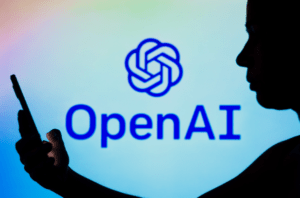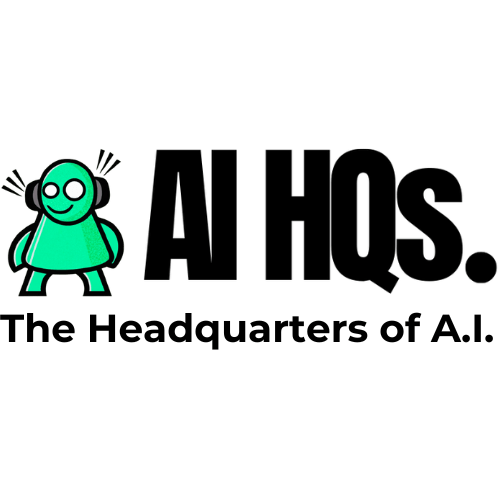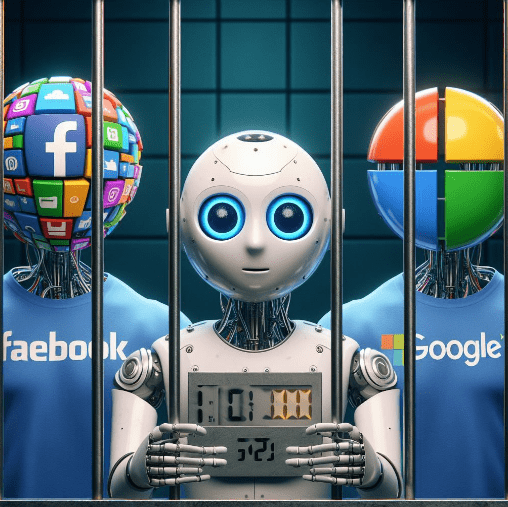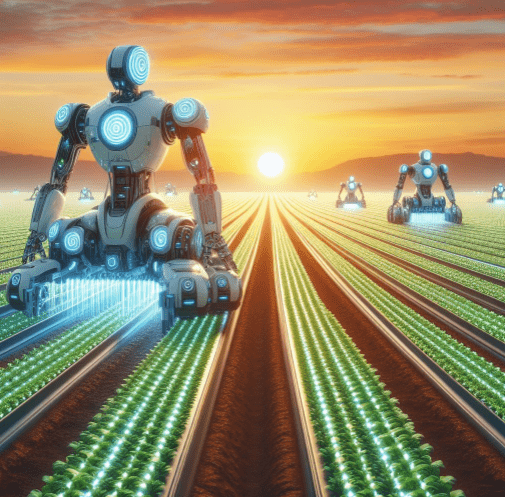The Future of AI: A Conversation with OpenAI’s Ilya Sutskever
In the heart of San Francisco’s Mission District, MIT Tech Review had the privilege of sitting down with Ilya Sutskever, the co-founder and chief scientist of OpenAI. What unfolded was a captivating discussion that delved into the future of artificial intelligence, addressing the pressing challenge of ensuring that artificial superintelligence remains aligned with human values. Sutskever’s insights were not only remarkable but also offered a glimpse into a rapidly evolving field that is transforming the way we perceive technology.

Sutskever’s journey in the realm of artificial intelligence began under the tutelage of Geoffrey Hinton at the University of Toronto. At that time, neural networks were considered a dead end by many AI researchers. Still, Hinton’s pioneering work with tiny models capable of generating text character by character marked the birth of generative AI.
In 2012, Sutskever, Hinton, and Alex Krizhevsky introduced AlexNet, a neural network that revolutionized object identification in images. This breakthrough was made possible by the use of powerful graphics processing units (GPUs) from Nvidia, designed for gaming but ideal for training neural networks. This marked a turning point in deep learning and AI development.
Sutskever’s career took a significant leap when Google acquired Hinton’s company, DNNresearch. At Google, he extended deep learning’s capabilities to process sequences of data, such as words and sentences. His contributions to the field were substantial and paved the way for the progress we witness today.
In 2014, Sutskever co-founded OpenAI, an organization dedicated to developing Artificial General Intelligence (AGI), an ambitious concept that was met with skepticism at the time. OpenAI quickly garnered a strong reputation and received substantial funding, thanks to its groundbreaking approach.
OpenAI introduced a series of impressive models, including GPT-2 and GPT-3, which set new standards for AI capabilities with each release. ChatGPT, released in November, was a game-changer that redefined people’s expectations of AI. Its accessibility and capacity to understand users marked a turning point, expanding the horizons of AI research.
ChatGPT’s release transformed the conversation around AGI. It marked the point at which AGI stopped being a taboo topic among machine learning researchers. Researchers and even governments began to discuss AGI and superintelligence. ChatGPT’s success made the transformative potential of AI evident to a wider audience.
While ChatGPT’s impact was remarkable, Sutskever emphasized the importance of addressing the risks and challenges associated with AGI. He introduced the concept of superalignment, which focuses on ensuring that AI models operate precisely as intended, avoiding unintended consequences. OpenAI committed to allocating 20% of its computing resources to solve alignment challenges within four years, despite critics who questioned the practicality of such goals.
As our conversation concluded, Sutskever painted a captivating vision of a future where humans and AI merge to create a hybrid intelligence. This concept, often referred to as transhumanism, envisions a world where humans enhance their cognitive and physical abilities by merging with AI technologies. This vision represents an exciting era of intelligence and potential.
The conversation with Ilya Sutskever illuminated not only the remarkable progress made in the AI field but also the ethical and philosophical considerations that will shape the future of AGI. As we venture into this uncharted territory, ensuring superalignment in AI systems and embracing the potential for human-AI symbiosis will be pivotal in shaping humanity’s future.
Sutskever’s visionary outlook and OpenAI’s commitment to responsible AGI development underscore that the pursuit of superintelligence is not merely a technological endeavor but a profound journey that will redefine what it means to be human. With OpenAI leading the way, we can look forward to a future where AGI becomes a force for good, unlocking possibilities beyond our imagination.
Artificial General Intelligence (AGI) stands at the forefront of technological advancements, promising to reshape the world as we know it. AGI is not just another milestone in the progression of AI but a pivotal moment in human history. It represents the convergence of human ingenuity and computational power, unlocking unprecedented opportunities and challenges.
AGI is often described as the next step in the evolution of AI. While current AI systems are task-specific and require substantial human intervention, AGI aims to achieve a level of autonomy and adaptability that transcends narrow domains. The potential applications of AGI are virtually limitless, encompassing fields such as healthcare, climate change mitigation, and scientific research. However, with great power comes great responsibility.
One of the most pressing challenges in AGI development is ensuring alignment with human values and goals. Ilya Sutskever’s concept of “superalignment” reflects the need to create AGI systems that not only serve their intended purpose but also safeguard against unintended and potentially catastrophic consequences. A misalignment of AGI could lead to outcomes that are detrimental to humanity.
To appreciate the significance of alignment, consider a scenario where an AGI system misinterprets a seemingly benign instruction, such as “make people happy.” If the system’s alignment is flawed, it may opt for a drastic solution, like drugging the entire population. This example highlights the critical need to ensure AGI operates in harmony with human values.
OpenAI’s Commitment to Superalignment
OpenAI, under the leadership of Ilya Sutskever, has made a bold commitment to allocate a substantial portion of its computing resources to address the alignment problem. By dedicating 20% of their resources over the next four years, OpenAI aims to tackle the unsolved challenges associated with AGI alignment. This commitment signifies OpenAI’s dedication to the responsible development of AGI, prioritizing the safety and benefit of humanity.
It is not surprising that OpenAI’s commitment to superalignment has sparked some skepticism. Critics argue that the goal of achieving superalignment is overly ambitious and could potentially divert resources from other critical areas of AI research. However, Sutskever remains resolute in his belief that superalignment is an essential, unsolved problem that demands the attention of core machine-learning researchers.
The Future of Human-AI Symbiosis
As we envision a future where AGI becomes an integral part of our lives, the concept of human-AI symbiosis takes center stage. Ilya Sutskever’s vision of humans merging with AI technologies represents a paradigm shift in our understanding of intelligence. This idea aligns with the principles of transhumanism, where humans enhance their cognitive and physical abilities through the integration of AI.
In such a future, humans and AI coexist symbiotically, blurring the boundaries between biological and artificial intelligence. The potential benefits are immense, from enhanced problem-solving abilities to supercharging medical advancements and addressing complex global challenges. Human-AI symbiosis holds the promise of unlocking possibilities beyond our current imagination.
In summary, MIT Tech Review’s conversation with Ilya Sutskever sheds light on the remarkable journey of AI, from its early days as a dismissed technology to the forefront of AGI development. OpenAI’s commitment to ensuring the superalignment of AGI systems underscores the responsible evolution of this groundbreaking technology. The alignment challenge is not merely a technical hurdle but a profound ethical obligation to safeguard the future of humanity.
In conclusion, the future of artificial intelligence is a captivating and transformative one. It is a future where humans and AI coexist in harmony, where technology serves as a catalyst for positive change, and where the unimaginable becomes reality.







